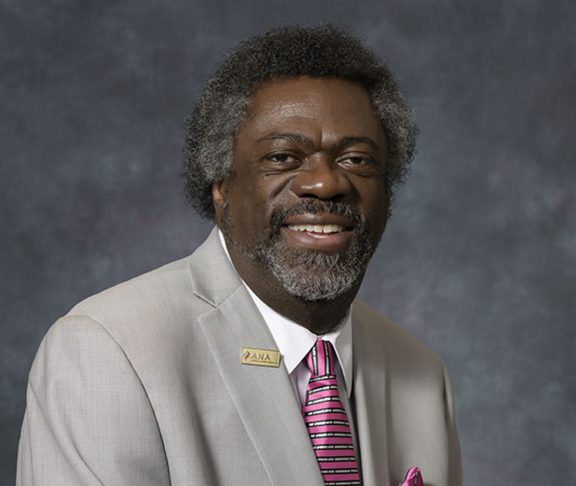The American public has ranked nursing the most honest and ethical profession for 17 consecutive years. These results reflect the deep trust that the public has in nurses and underscore the urgency to promote realistic images of nurses.
As the first man to be elected president of the American Nurses Association, I work to elevate the nursing profession and increase the diversity of nursing across ethnicities and genders. The statistics on demographics in the nursing workforce vary, but they do reveal that the profession is lacking balanced representation across genders.
Previously, decades of legal barriers kept men out of the field, and nursing schools often refused to admit men, a practice deemed unconstitutional by the U.S. Supreme Court. Women currently make up 90 percent of the nursing workforce, while about 9 percent of nurses in the U.S. are men. That share has grown steadily since 1960 when men accounted for just 2 percent of the nursing workforce. When looking at nursing roles, the highest representation was in nurse anesthetists, with men occupying 41 percent of those positions.
Health literacy

It’s important that the nursing profession better reflect society and our patients. Often, nurses are the first line of defense in providing lifesaving care and treatment in underserved communities and to under-represented populations that are disproportionately affected by health and health care disparities. A nursing workforce with strong diversity ensures that all patients and populations receive optimal, empathic care that improves health literacy. Nearly half of all American adults – 90 million people – have difficulty understanding and using health information. Nurses play an active role in fostering health literacy so patients can make informed health decisions.
Role models
It’s time to be deliberate in recruiting more men into the nursing profession to further dispel many stereotypes of nurses. Efforts should begin early, starting at the grade school level by letting boys see men who are nurses. “Here’s somebody who I can identify with,” they will think. This should be reemphasized at the high school level by guidance counselors or health occupation programs. In those programs, boys and young men can obtain more exposure to nursing or apply for admission into a baccalaureate program. In 2016, 12 percent of baccalaureate and graduate nursing students were men.

I encourage men in nursing to visit K-12 public and private schools and take every opportunity to be thought of or seen as model nurses within their communities such as neighborhood gatherings, houses of worship, and local civic organizations.
There were many stereotypes about men in nursing and fortunately, you don’t hear them as much anymore. People know that men can provide quality, safe patient care, and that you can be masculine and still care.



